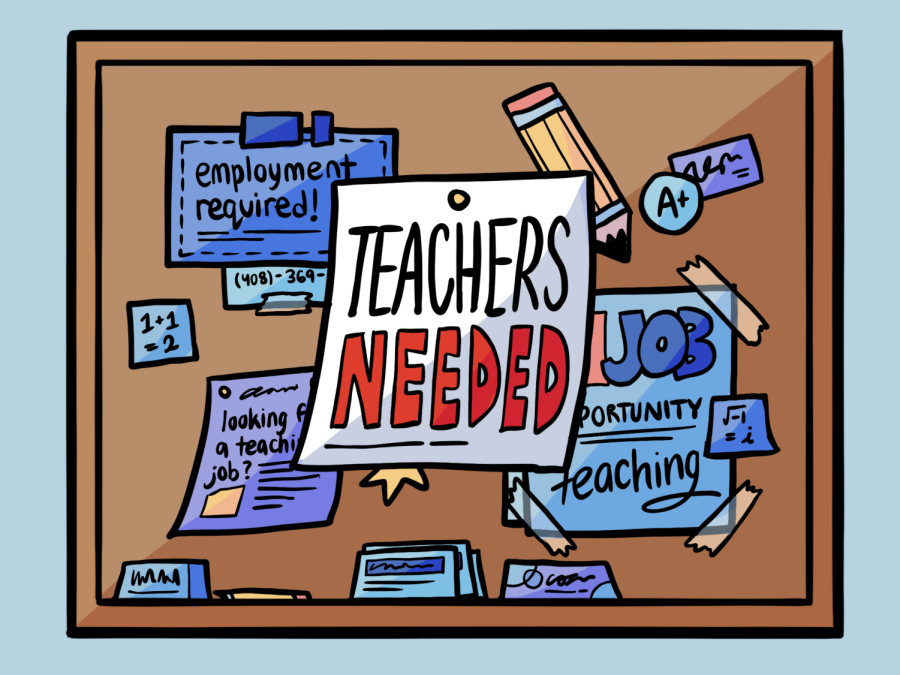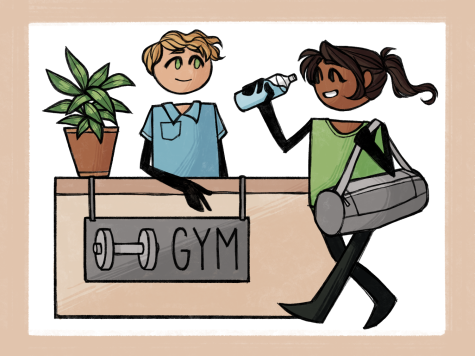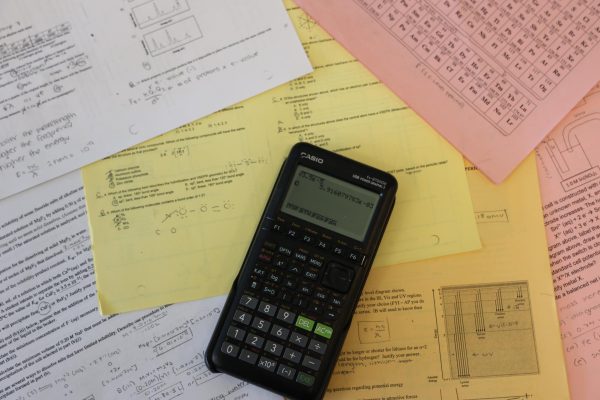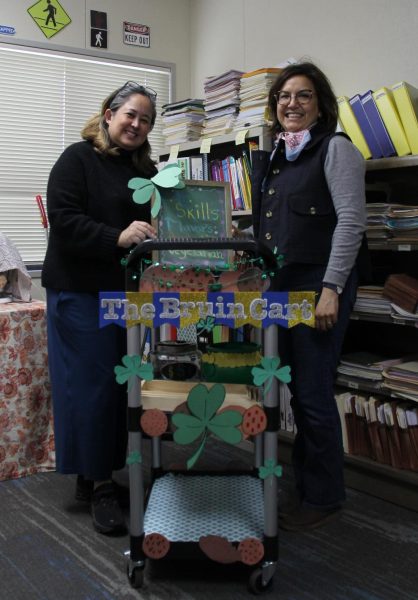SCHS teachers reflect on the hardships from the U.S teacher shortage
After years of dealing with low wages and an unsupportive environment, many teachers have left the education system due to burnout.
Many teachers in the U.S. are currently fed up with their job. An article by K-12 Drive revealed that as of 2023, 30% of educators plan on quitting teaching, while another 33% are considering quitting. After years of dealing with low wages, unruly students and an unsupportive education system, many teachers have grown tired and refuse to tolerate any more mistreatment.
Physical education teacher Julie Kawamoto has been a teacher for 23 years and believes that the rising complexity in educating students may be a component contributing to the teacher shortage.
“I think it’s because it’s really tough now to not only teach kids about subject matter, but now we’re told to have all these other considerations in mind. We always consider the home life of kids and their struggles,” Kawamoto said. “But now, it’s that we can’t teach how we normally teach because every kid is different. We have to change the way we teach in order to accommodate each individual kid.”
Spanish teacher Jose Gomar reflected on the difficulty of the job itself and explained how the high expectations that come with being a teacher are often ultimately what cause teachers to quit.
“Not a lot of people are cut out to be teachers. They enter the profession just to find out that they don’t really want to do that, so people just quit within the first five years,” Gomar said. “It is a profession where you cannot show up angry, you cannot show up hungry and you cannot show up sleepy. If you cannot manage to be that disciplined, then it is difficult to have this job.”
When comparing her present class to ones she has taught in the past, math and computer science teacher Rupali Satija finds that instances of rudeness toward teachers has become more frequent.
“In my Geometry Honors class, they (my students) were continuously talking. I gave them time and I said, ‘Let’s take two minutes to get it out of your system, and then I will start my class,’” Satija said. “Five minutes passed by and I just asked, ‘Okay, do you want to learn by yourself?’ and rather than being quiet, one student answered, ‘Yes, I could learn it by myself. You don’t need to teach it.’ That was just very disrespectful.”
Gomar finds that when compared to his past students, technology has become a larger part of his current students’ lives. He remarked that cell phones are a common obstruction of learning in class. Similar to Kawamoto, he described the challenge that comes with students’ individuality, that, in his case, pertains to various levels of inability to refrain from technology usage during instructional periods.
“In some instances, I would say that it (teaching) is becoming more difficult as you have more issues,” Gomar said. “Students are distracted more than ever today with cell phone use. It’s difficult to establish a procedure that is going to work for everybody because a lot of people are not willing to give up their cell phones.”
Similar to Gomar, Satija has an issue with modern technology as it commonly breaches student integrity policies.
“Now, (plagiarism) material is widely available not only for teachers but also for students,” Satija said. “Especially nowadays with AI tools, students can just write (their own) code and falsify full-fledged projects on ChatGPT.”
In the past, Kawamotto struggled with financial burdens due to her low teaching salary. However, she has since found herself in a better position after transferring to SCHS.
“There was no way me, being a single individual, could teach and own a home. There was a time when I was like, ‘There’s no way that I can make a living,’” Kawamoto said. “I would have to have a roommate, or I would have to have a partner where we would split everything and at that time, I didn’t (have either of those), so I had to make a decision and move somewhere else.”
Satija elaborated on a similar struggle and how issues involving teachers’ salaries caused her son to give up on his dream.
“He (my son) really wanted to become a math teacher and he said, ‘I want to make a difference in the community, but I don’t want to be paid that low. I won’t be able to survive with that low salary,’” Satija said. “It was heartwarming for me to hear that he wants to be a math teacher. At the same time, it was heartbreaking to hear that he doesn’t want to be a teacher because of this.”
Kawamoto noted that along with the low pay, teacher supports are often lacking, which may be another reason for the teacher shortage. She feels that improving the community and support systems surrounding educational communities will benefit both students and faculty members.
“We need to work as a team rather than separating and saying, ‘Teachers are just teachers and parents are just parents’ because I don’t believe that at all,” Kawamoto said. “I believe that it takes a village to raise a kid and that includes parents, teachers and any adult role models.”
Ultimately, Kawamoto believes that in order to resolve the ongoing teacher shortage, big steps need to be taken to better the quality of teacher’s positions.
“It’s hard to make changes, but at the same time, we need to in order to become successful,” Kawamoto said.
















